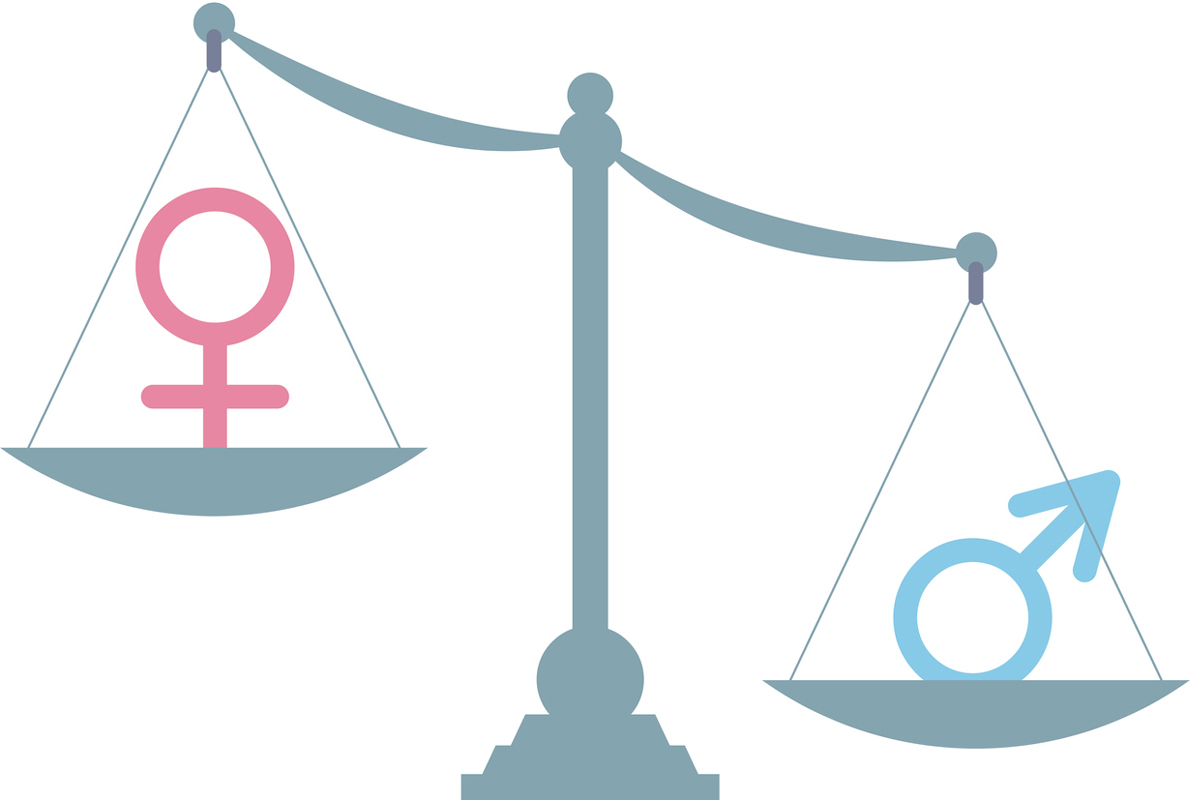India’s population will peak in 2nd half of the century: UN report
World population to peak within this century
The Sample Registration System reveals that the rate has gone up to 899 girls per 1000 boys in 2016-18 ~ up from 896 in 2015-17, in itself a minor gain.

(Representational image: iStock)
Any satisfaction over the latest report of the Registrar General and Census Commissioner of India must be tempered with the distressing features thereof.
For a country that has historically been plagued by infant mortality, it is gratifying to note that India’s infant mortality rate has declined to 32 percentage points in 2018, down from 40 in 2013.
Advertisement
The annual average decline is said to be around 1.6 points.
Advertisement
While this arguably points to greater social awareness and child health care, it is cause for alarm that one in every 31 infants at the national level, one in every 28 infants in rural areas, and one in every 43 infants in urban areas still die within the very first year of their lives.
The short point being that the scourge of infant mortality still persists, not to forget the crime of female foeticide. The striking feature of the report must be that Madhya Pradesh contends with the highest infant mortality rate (IMR) at 48 and Kerala boasts the lowest at 7.
Well and truly has the southern state shown the way on tackling issues of public health ~ from infant mortality to coronavirus. Yet another issue that has impeded child development is the sex ratio at birth (SRB).
The Sample Registration System reveals that the rate has gone up to 899 girls per 1000 boys in 2016-18 ~ up from 896 in 2015-17, in itself a minor gain.
The Registrar-General’s findings have been advanced in parallel to the UN report that is explicit on the point that “son preference” and gender based sex selection (GBSS) have led to the missing girl child. Reality has blighted the country’s societal mores.
Not the least because as many as 460,000 girls in India were missing at birth on account of gender-based sex selection.
Across the world, the number of girls missing because of GBSS has more than doubled over the past 50 years… soaring to 142 million in 2020.
The UN’s World Population Report 2020 is riveted to the phenomenon of child marriage, preference for a son, gender based sex selection, and female genital mutilation. The almost overwhelming prejudice, embedded in superstition and ignorance, is as ingrained in the India of the 21st century as it was in the 19th.
It is hard not to wonder whether the clock has been turned back as it works out to the detriment of societal parameters. Fundamentally, there has been little or no change in prejudices and preferences, for all the mandatory proclamations in diagnostic centres that sex-determination tests are banned.
In point of fact, however, these are carried out surreptitiously in various parts of the country and constitute a major factor behind gender inequality.
Advertisement